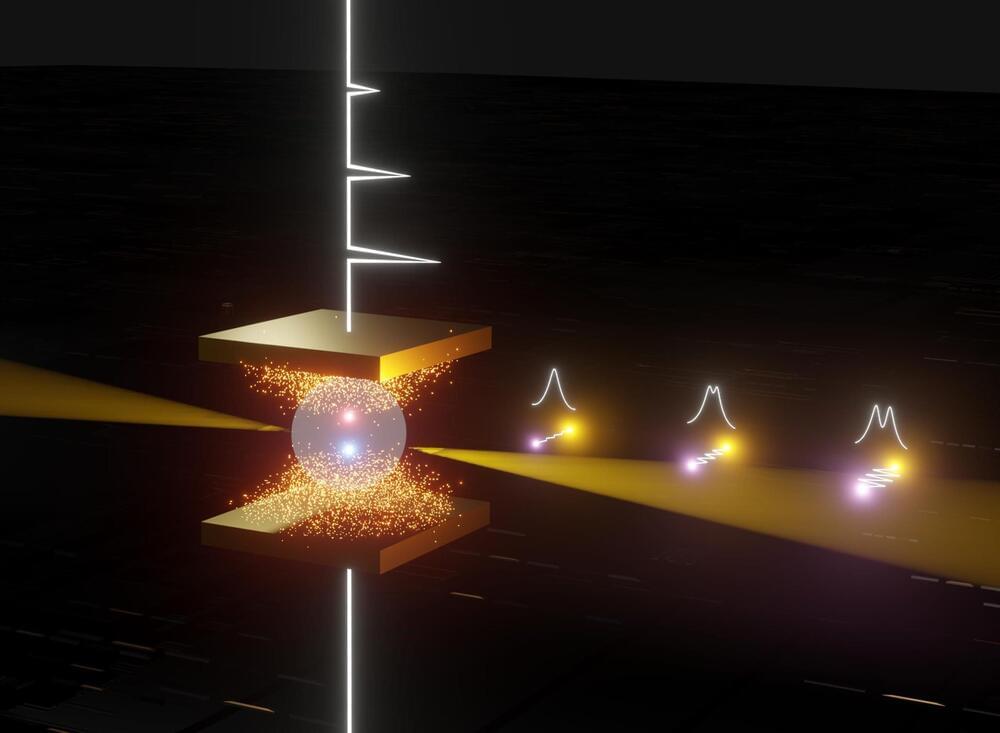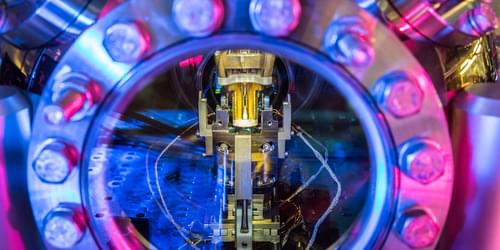Peter Atkins discusses the ideas in his book ‘Conjuring the Universe’ with fellow science writer Jim Baggott. They discuss how fundamental the various constants of the universe truly are.
https://global.oup.com/academic/produ…
Professor Peter Atkins is a fellow of Lincoln College in the University of Oxford and the author of about seventy books for students and a general audience. His texts are market leaders around the globe. A frequent lecturer in the United States and throughout the world, he has held visiting professorships in France, Israel, Japan, China, and New Zealand. He was the founding chairman of the Committee on Chemistry Education of the International Union of Pure and Applied Chemistry and was a member of IUPAC’s Physical and Biophysical Chemistry Division. Peter was the 2016 recipient of the American Chemical Society’s Grady-Stack Award for science journalism.
Jim Baggott is a freelance science writer. He was a lecturer in chemistry at the University of Reading but left to work with Shell International Petroleum Company and then as an independent business consultant and trainer. His many books include Mass: The quest to understand matter from Greek atoms to quantum fields; Higgs: The Invention and Discovery of the ‘God Particle’; and The Quantum Story: A History in 40 Moments.
© Oxford University Press








